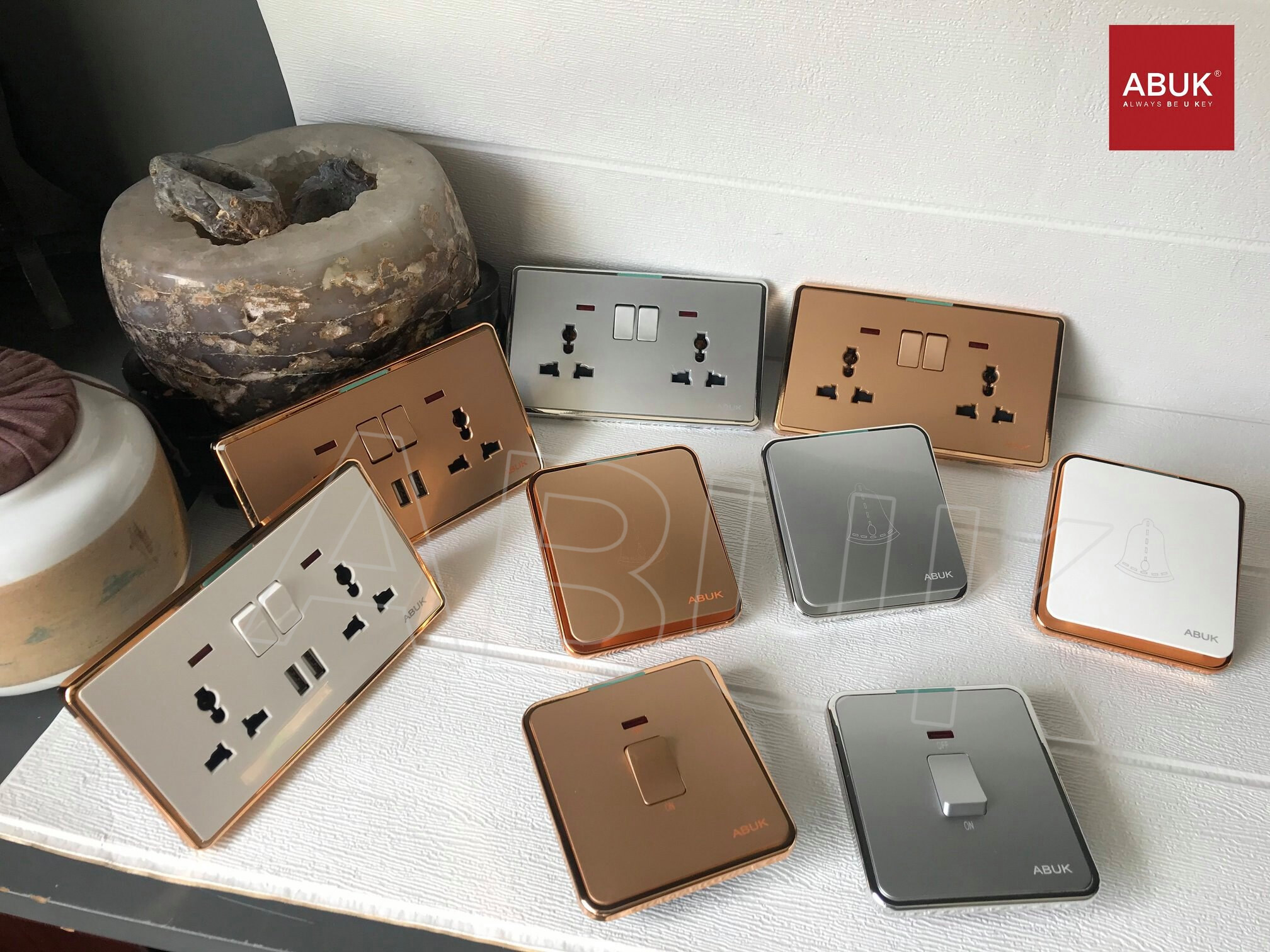Email format error
Email cannot be empty
Email already exists
6-20 characters(letters plus numbers only)
The password is inconsistent
Email format error
Email cannot be empty
Email does not exist
6-20 characters(letters plus numbers only)
The password is inconsistent



Introduction
Voltage protectors play a crucial role in safeguarding electrical devices and systems from voltage fluctuations and surges. Understanding the principles, functions, classification, selection, troubleshooting, and maintenance of voltage protectors is essential for ensuring the longevity and reliability of electrical equipment. In this blog, we will delve into these aspects to provide a comprehensive understanding of voltage protectors.
Principles and Functions of Voltage Protectors
Voltage protectors are designed to monitor and regulate the voltage levels in electrical systems. They operate based on the principle of detecting abnormal voltage conditions and taking appropriate actions to protect the connected devices.
The primary functions of voltage protectors include:
Voltage Monitoring: Voltage protectors continuously monitor the incoming voltage levels and compare them against predefined thresholds. If the voltage exceeds or falls below the set limits, the protector triggers protective measures.
Voltage Regulation: Voltage protectors regulate the voltage levels by employing various techniques such as voltage clamping, voltage regulation, or voltage stabilisation. These techniques ensure that the connected devices receive a stable and safe voltage supply.
Surge Protection: Voltage protectors are equipped with surge protection mechanisms to safeguard against sudden voltage spikes caused by lightning strikes, power surges, or other external factors. They divert excess voltage to the ground, preventing it from damaging the connected devices.
Classification and Selection of Voltage Protectors
Voltage protectors can be classified into different types based on their applications and voltage ratings. The common types include:
Overvoltage Protectors: These protectors are designed to prevent damage caused by excessive voltage levels. They are commonly used in residential, commercial, and industrial settings to protect sensitive electronic equipment.
Undervoltage Protectors: Undervoltage protectors are used to safeguard devices from low-voltage conditions. They are commonly employed in areas with unstable power supplies or during voltage fluctuations.
Surge Protectors: Surge protectors are specifically designed to protect against voltage spikes and surges. They are widely used in homes, offices, and industrial settings to safeguard electronic devices from transient voltage events.
When selecting a voltage protector, consider the following factors:
Voltage Rating: Choose a protector that matches the voltage rating of the electrical system or device it will be connected to.
Response Time: Look for protectors with fast response times to ensure quick protection against voltage fluctuations.
Clamping Voltage: The clamping voltage determines the maximum voltage that the protector allows to pass through. Select a protector with a clamping voltage suitable for the connected devices.
Troubleshooting and Maintenance of Voltage Protectors
To ensure the optimal performance of voltage protectors, regular troubleshooting and maintenance are essential. Here are some tips:
Regular Inspection: Inspect the voltage protector for any physical damage, loose connections, or signs of overheating. Replace any damaged components promptly.
Testing: Periodically test the voltage protector to ensure it is functioning correctly. Use a multimeter or a specialised testing device to measure the voltage levels and verify the protector’s response.
Cleaning: Keep the voltage protector clean and free from dust or debris. Use compressed air or a soft brush to remove any accumulated dirt.
Firmware Updates: If the voltage protector has firmware or software, ensure it is up-to-date. Manufacturers often release updates to improve performance and address any known issues.
Conclusion
Voltage protectors are vital components in electrical systems, providing protection against voltage fluctuations, surges, and other electrical anomalies. Understanding their principles, functions, classification, selection, troubleshooting, and maintenance is crucial for ensuring the longevity and reliability of electrical equipment. By following the guidelines mentioned in this blog, users can make informed decisions when selecting, troubleshooting, and maintaining voltage protectors, thereby safeguarding their valuable electrical devices and systems.